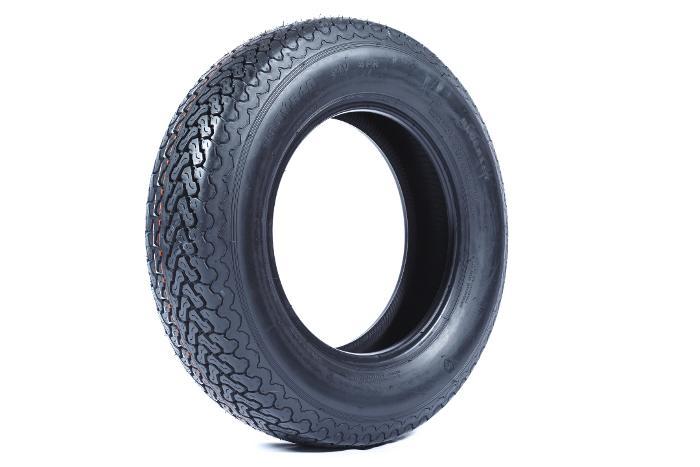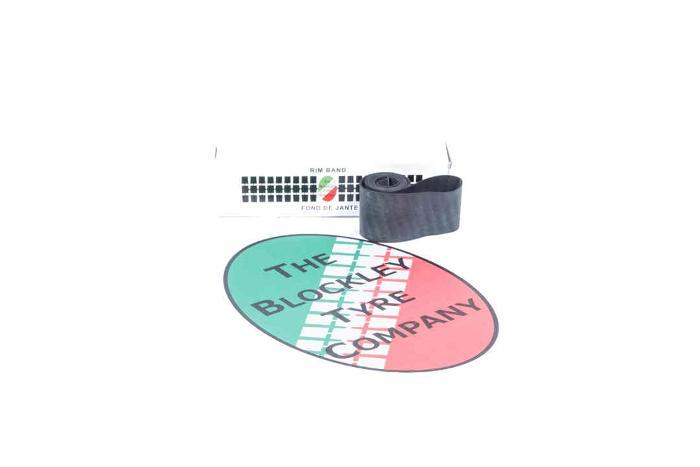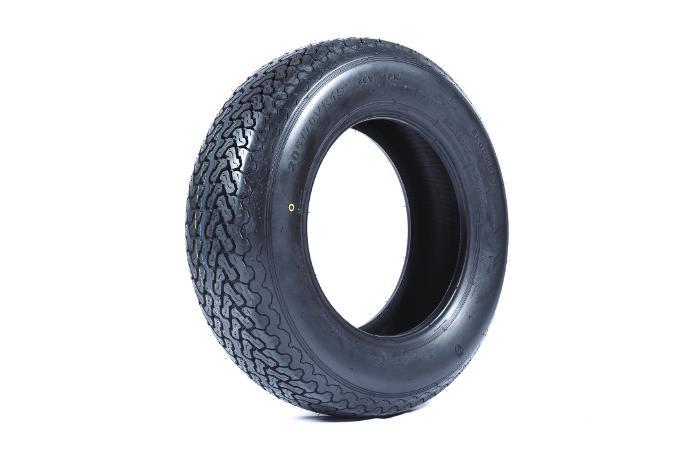Jaguar - Jaguar E Type S1 and S2
The new Jaguar XK-E , better known as the Jaguar EType, was the high performance replacement for the earlier XK range of Jaguars. The monocoque method of body construction had appeared earlier at Jaguar with the alloy tub D Type which already had a huge racing pedigree before the launch of the E type in 1961. The E types sleek lines were coupled with the most up to date specifications such as disc brakes, rack and pinion steering, monocoque body and at a price that was considered remarkably good value! To put in perspective it cost 10% less than a Lotus Elite, and listed at half the price of the lowest priced Ferrari. But you had to be well connected to buy one in the UK as most cars were built for export! The Jaguar 6 cylinder engine had been stretched to 3.8 litre by Alfred Momo in the USA working on the Briggs Cunningham race cars, and Jaguar adopted this size for their 3.8 litre EType. The Series 1 E Type was continually evolved with detail changes such as floors (the first 500 cars had flat floors and outside located bonnet handles), fascia, seats and for 1965 the new built 4.2 litre engine. This was using a different block casting to allow for a 5 mm larger bore size but was tuned to give no more power, but vastly improved torque, and mated with a fully synchromesh gearbox. The 4.2 Series 1 E Type had different seats and other details. For 1966 the E Type 2+2 version appeared with a taller screen and roof line which allowed for extra room to be made for the rear passengers, at the expense of the svelte lines of the bodywork.
The USA was a huge market for Jaguar and in order to conform with US legislation what is now called the Series1.5 was made with the required alterations meaning open headlights and different indicators, toggle switches on the dashboard, and the triple carburettors made way for a twin carburettor set up which reduced the power output for the cars exported to the USA.
From 1968 the Jaguar EType Series 2 was introduced, incorporating features that would make the model more suitable for the US market. The headlight covering was not allowed which affected many other marques as well, such as Ferrari and Citroen. For crash safety plastic covered dashboard toggle switches, seats suitable for headrests and collapsible steering, and for US exported cars the carburettors were now twin Stromberg units giving some 20hp less than the triple SU carburettor version. Production of the 6 cylinder EType Jaguars ended in 1971.
Tyre size for Jaguar Series 1 and Series 2 Type was initially 6.40x15 and soon after 185VR15. The EType Series 1 (as they were subsequently called when the Series 2 came out) was initially supplied with cross ply 6.40x15 which is equivalent to radial size 185VR15 that were in any case fitted later at Jaguar. The V (150mph) speed rating was because the handbook and period road tests showed customer cars were capable of 150mph (although the test cars were prepared differently). Many owners choose to fit the wider 205/70VR15 tyre size only "because it fills the wheel arches better" but other than this we see no real advantage. And the light steering afforded with the Blockley radial tyres means that the wider 205/70WR15 tyre still allows for light steering. See full details of these period correct tread pattern (based on the Dunlop tread pattern introduced in 1963), high speed exceptional Blockley tyres below, which will transform the handling of any E Type - guaranteed!


